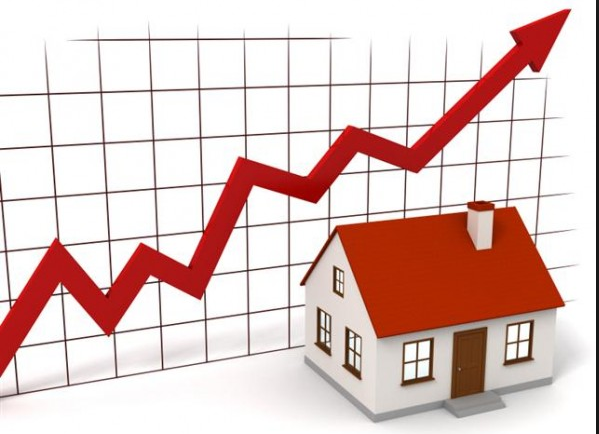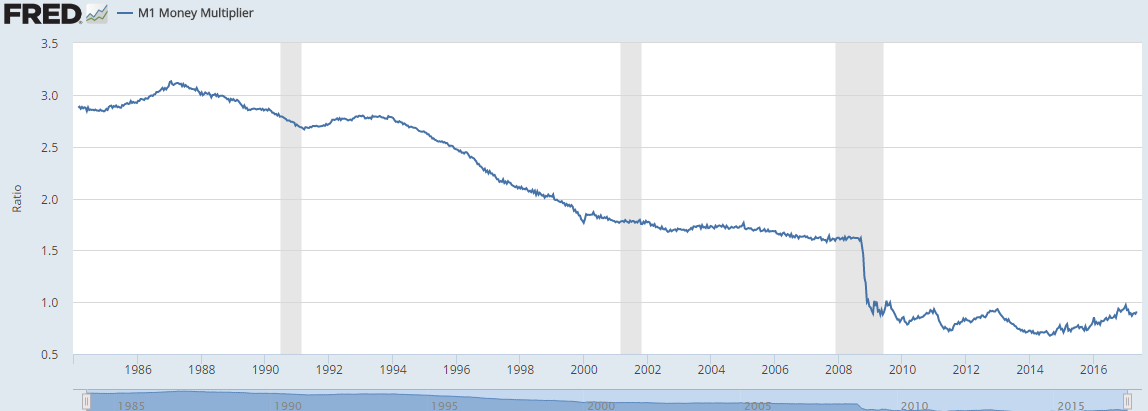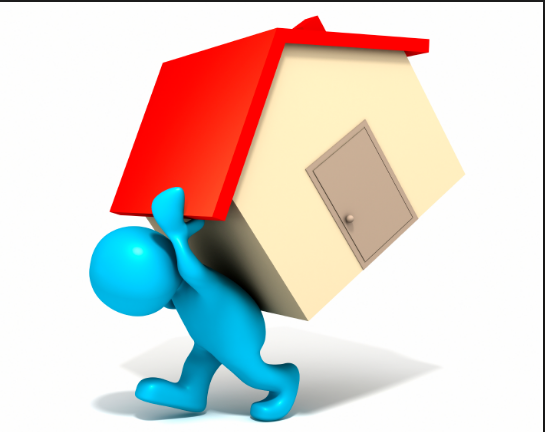Up, up and Away, or Grinding to a Halt?
Dennis Smith opened his May Home Builder's Research newsletter with “The April data continues to make a very strong statement toward 2017 becoming a ‘game changer’ for the new home industry in Las Vegas.” The new home median price was $336,534 and closings were ahead of last year by over 30 percent.
On the resale front, “The median price of the resale closings in April was $219,000. This is a year to year increase of $22,000, or 11.1 percent,” writes Smith. “The monthly resale median price continues to rise, and as long as the local and national economic conditions remain fairly consistent, there isn’t much reason to expect this trend to reverse. The supply of (good) single family listings still gets tighter each month, now down to a 1.8 month’s supply. This is unheard of among most experienced realtors.”
However, while all is seemingly well in Las Vegas, Lee Adler, who writes for David Stockman’s “Contra Corner” believes the housing market is peaking. “First, the US economy has created more than 13 million new jobs since the recovery began in 2010. But this time, instead of leading the turn as they normally do, new home sales have lagged, both in time and quantity. A yawning gap has opened between the rate of growth in full time jobs, and the new home sales rate.”
Adler then does a calculation of sales per million of population. Sales are back to a monthly average of just below 150 sales per million of population, which is “barely above the rate at the bottom of the 1982 recession, when mortgage rates hit 18%. Today they are around 4%.”
While the Fed has kept rates low ostensibly to make housing affordable, the actual effect has been the opposite. Houses are becoming less and less affordable. “Combine the fact that the new jobs being created have lousy pay, with the fact of rapid house price inflation and here's what you get--a historic depression in the rate of new home sales per million employed full time workers,” Adler explains.
Most troubling is “prices are now at the same level relative to to average annual worker salaries (BLS data) as they were at the top of the bubble,” says Adler, who reminds us,
“We know what happened the last time prices reached this ratio. Demand was exhausted in 2006 and sales began to collapse. Prices hung around peak levels until 2007, but the market was already dead. Few sellers could sell. The prices recorded in 2007 were a mirage.”
The Chicago Tribune headline supports Adler’s thesis, “U.S. Home Prices Rising 2 Times Faster Than Wages.”
Adler identifies the sweet spot for buyers is $200,000. A price that is rare for new homes in Las Vegas. He says there’s been a buying panic since the middle of last year when mortgage rates began to jump. “First comes the buying panic, then comes the disappearance of buyers. I surmise that that's where we are now.”
Adler believes we’ve reached the top for price appreciation. “Any price inflation from here is likely to prove to be ‘transitory’ as buyers can no longer afford to pay. Sales volume will dry up, and prices will roll over in response.”
Smith concludes, “Despite the steady rise of new and resale prices, we believe there is little chance of another ‘bubble’ forming. The resale price median is still well below the monthly pre-recession levels of $280,000 - $290,000.”
A year ago The Las Vegas Sun reported, “Locally, home values remain 34 percent below their peak, but across the U.S., values are 6 percent below the peak, Zillow recently reported.
“Las Vegas’ gap was largest among the 35 metro areas listed in the report, highlighting Southern Nevada’s rapid home-value growth last decade and devastating crash.
“Several cities have recouped their post-bubble losses and reached new highs. According to Zillow, home values hit new peaks in 26 markets during the past year or so — but not in Las Vegas.”
Maybe Vegas is behind the rest of the nation, or maybe not.





